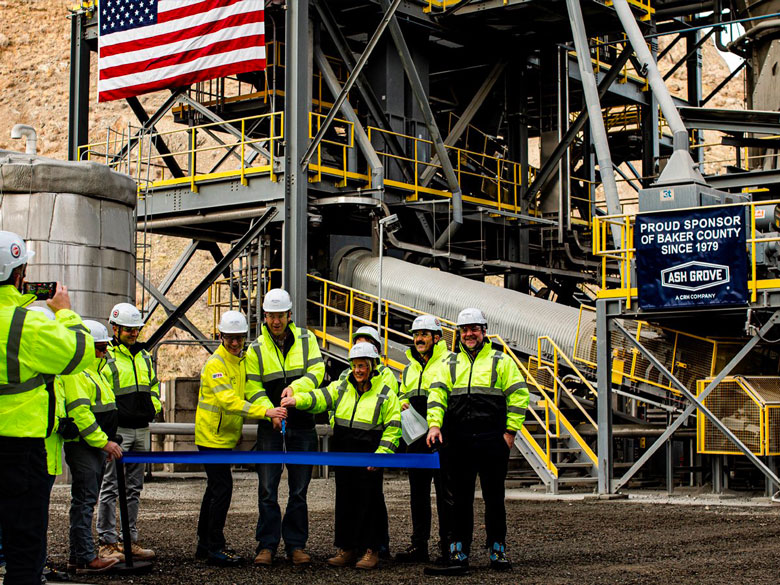More than two years since releasing “Achieving Carbon Neutrality in the California Cement Industry,” the California Nevada Cement Association (CNCA) reports considerable progress on related public policy, material processing and market development measures toward its 2045 net carbon neutrality goal:
• Legislation. California Senate Bill 596, adopted in September 2021, directs the California Air Resources Board to create a strategy for removing barriers to decarbonization and achieving net carbon neutrality in the state’s cement industry.
• Leadership in using low-carbon materials. Caltrans, the state’s largest consumer of cement, opened 2022 approving the use of portland-limestone cement (PLC), a one-to-one replacement for portland cement that reduces emissions associated with finished concrete by at least 10%.
• Investments in low-carbon material production. CNCA producers have undertaken significant plant retrofits to meet growing PLC demand in public and private construction.
• Collaboration. In addition to public policy stakeholder engagement, CNCA is fostering partnerships across the entire cement-concrete-construction value chain.
“We are committed to continuing progress to reach net zero emissions for all cement producers in California, hopefully sooner than our projected date of 2045,” said CNCA Executive Director Tom Tietz. “New advancements and innovative technologies are being piloted and scaled up, and we are thrilled to growing toward this goal.”
The initial “Achieving Carbon Neutrality” plan articulated how the goal will be reached. It detailed various pathways the industry can use to reduce its carbon footprint; how barriers to progress can be removed; and, the role construction and public or private project owner partners can play to help the industry reduce greenhouse gas emissions. Along with an updated outlook on challenges and opportunities associated with achieving net carbon neutrality, a revised plan expands decarbonization levers on topics such as blended cements, onsite electricity generation, alternative fuels, and carbon capture, utilization and storage.



